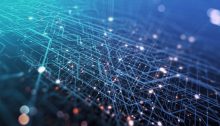Strong-field scattering of two spinning black holes: Numerical Relativity versus post-Minkowskian gravity
New paper comparing effective-one-body and Numerical-Relativity scattering angle for spinning black holes. Check it out at https://arxiv.org/abs/2307.06999
